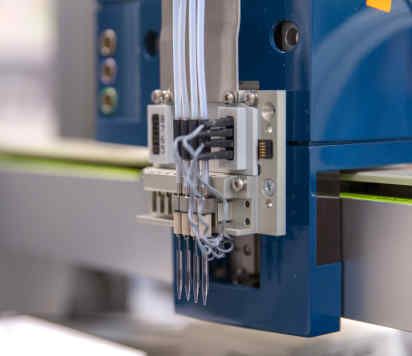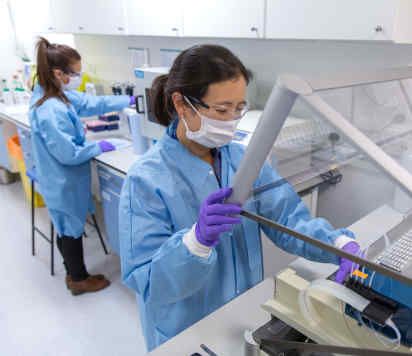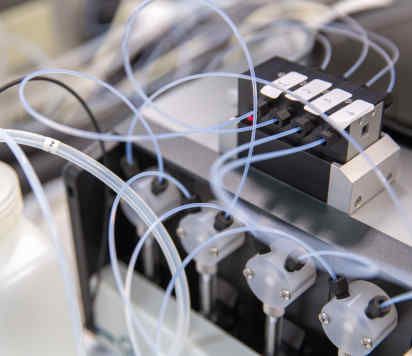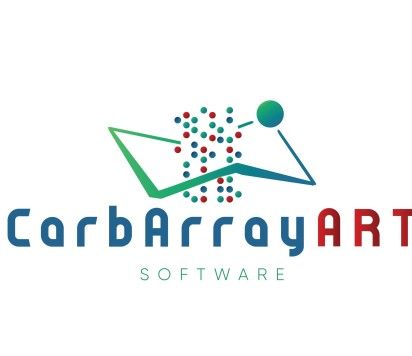BibTex format
@article{McAllister:2020:10.1128/JVI.01500-20,
author = {McAllister, N and Liu, Y and Silva, LM and Lentscher, AJ and Chai, W and Wu, N and Griswold, KA and Raghunathan, K and Vang, L and Alexander, J and Warfield, KL and Diamond, MS and Feizi, T and Silva, LA and Dermody, TS},
doi = {10.1128/JVI.01500-20},
journal = {Journal of Virology},
title = {Chikungunya virus strains from each genetic clade bind sulfated glycosaminoglycans as attachment factors},
url = {http://dx.doi.org/10.1128/JVI.01500-20},
volume = {94},
year = {2020}
}
RIS format (EndNote, RefMan)
TY - JOUR
AB - Chikungunya virus (CHIKV) is an arthritogenic alphavirus that causes debilitating musculoskeletal disease. CHIKV displays broad cell, tissue, and species tropism, which may correlate with the attachment factors and entry receptors used by the virus. Cell-surface glycosaminoglycans (GAGs) have been identified as CHIKV attachment factors. However, the specific types of GAGs and potentially other glycans to which CHIKV binds and whether there are strain-specific differences in GAG binding is not fully understood. To identify the types of glycans bound by CHIKV, we conducted glycan microarray analyses and discovered that CHIKV preferentially binds GAGs. Microarray results also indicate that sulfate groups on GAGs are essential for CHIKV binding and that CHIKV binds most strongly to longer GAG chains of heparin and heparan sulfate. To determine whether GAG-binding capacity varies among CHIKV strains, a representative strain from each genetic clade was tested. While all strains directly bound to heparin and chondroitin sulfate in ELISAs and depended on heparan sulfate for efficient cell-binding and infection, we observed some variation by strain. Enzymatic removal of cell-surface GAGs and genetic ablation that diminishes GAG expression reduced CHIKV binding and infectivity of all strains. Collectively, these data demonstrate that GAGs are the preferred glycan bound by CHIKV, enhance our understanding of the specific GAG moieties required for CHIKV binding, define strain differences in GAG engagement, and provide further evidence for a critical function of GAGs in CHIKV cell attachment and infection.IMPORTANCE Alphavirus infections are a global health threat, contributing to outbreaks of disease in many parts of the world. Recent epidemics caused by CHIKV, an arthritogenic alphavirus, resulted in more than 8.5 million cases as the virus has spread into new geographic regions, including the Western Hemisphere. CHIKV causes disease in the majority of people infected, leading
AU - McAllister,N
AU - Liu,Y
AU - Silva,LM
AU - Lentscher,AJ
AU - Chai,W
AU - Wu,N
AU - Griswold,KA
AU - Raghunathan,K
AU - Vang,L
AU - Alexander,J
AU - Warfield,KL
AU - Diamond,MS
AU - Feizi,T
AU - Silva,LA
AU - Dermody,TS
DO - 10.1128/JVI.01500-20
PY - 2020///
SN - 0022-538X
TI - Chikungunya virus strains from each genetic clade bind sulfated glycosaminoglycans as attachment factors
T2 - Journal of Virology
UR - http://dx.doi.org/10.1128/JVI.01500-20
UR - https://www.ncbi.nlm.nih.gov/pubmed/32999033
UR - http://hdl.handle.net/10044/1/84261
VL - 94
ER -





